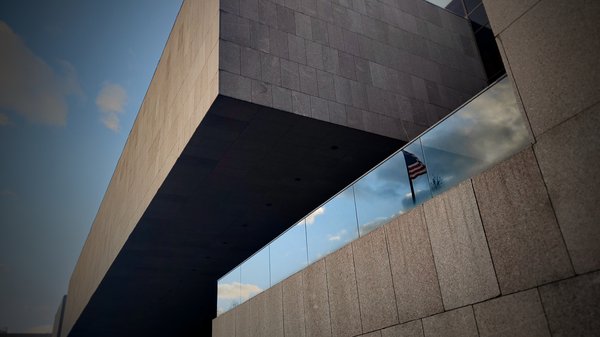History

Historical Overview
In the Revenue Act of 1924, Congress established the Board of Tax Appeals (Board) as an independent agency in the Executive Branch to permit taxpayers to challenge determinations made by the Internal Revenue Service (IRS) of their tax liabilities before payment. In 1942, Congress changed the name of the Board to the "Tax Court of the United States," but the Tax Court of the United States remained an independent agency in the Executive Branch. In the Tax Reform Act of 1969, Congress reconstituted the Tax Court of the United States as the United States Tax Court (Tax Court or Court); repealed the statutory designation of the Tax Court as an Executive Branch agency; and included in the legislative history that the Court, unlike its quasi-judicial predecessors, would not be within the Executive Branch. Section 7441 of Title 26 of the United States Code provides that:
There is hereby established, under article I of the Constitution of the United States, a court of record to be known as the United States Tax Court. The members of the Tax Court shall be the chief judge and the judges of the Tax Court. The Tax Court is not an agency of, and shall be independent of, the executive branch of the Government.
The Tax Court is a court of law with nationwide jurisdiction exercising judicial power independent of the Executive and Legislative Branches. The Tax Court is one of the courts in which taxpayers can bring suit to contest IRS determinations, and it is the primary court in which taxpayers can do so without prepaying any portion of the disputed taxes.
Judges
The Tax Court is composed of 19 presidentially appointed members. Trial sessions are conducted and other work of the Court is performed by those judges, by senior judges serving on recall, and by special trial judges. Although the Court is physically located in Washington, D.C., the judges travel nationwide to conduct trials in various designated places of trial.
Washington, D.C. Courthouse
Designed for the Tax Court and dedicated on November 22, 1974, the courthouse is a landmark work by architect Victor Lundy. It is held out as a prominent example of the "formalist modern" style of architecture in Washington, D.C. The U. S. Tax Court Courthouse was added to the National Register of Historic Places in August 2008.
Learn more about Victor Lundy by watching Victor Lundy: Sculptor of Space.
Victor Lundy: Sculptor of Space
We are excited to include here Victor Lundy: Sculptor of Space. This informative and entertaining documentary was produced by the GSA (General Services Administration) as part of The Historic Building Film Series.
Victor Lundy: Sculptor of Space captures the recollections of the modern American master architect and artist who designed GSA's historic U.S. Tax Court Building in Washington, DC. - GSA YouTube Channel

